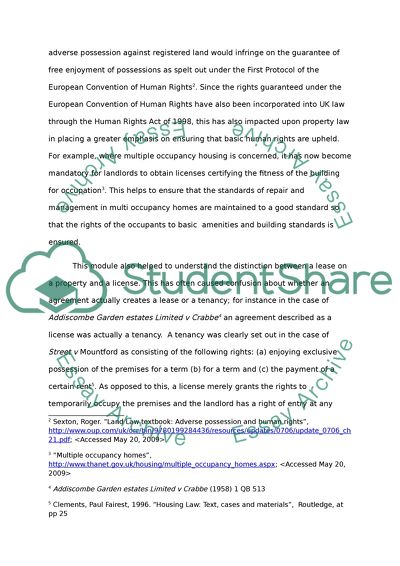Cite this document
(Reflective Learning Journal Essay Example | Topics and Well Written Essays - 1500 words, n.d.)
Reflective Learning Journal Essay Example | Topics and Well Written Essays - 1500 words. https://studentshare.org/law/1724211-property-law-learning-portfolio
Reflective Learning Journal Essay Example | Topics and Well Written Essays - 1500 words. https://studentshare.org/law/1724211-property-law-learning-portfolio
(Reflective Learning Journal Essay Example | Topics and Well Written Essays - 1500 Words)
Reflective Learning Journal Essay Example | Topics and Well Written Essays - 1500 Words. https://studentshare.org/law/1724211-property-law-learning-portfolio.
Reflective Learning Journal Essay Example | Topics and Well Written Essays - 1500 Words. https://studentshare.org/law/1724211-property-law-learning-portfolio.
“Reflective Learning Journal Essay Example | Topics and Well Written Essays - 1500 Words”. https://studentshare.org/law/1724211-property-law-learning-portfolio.


